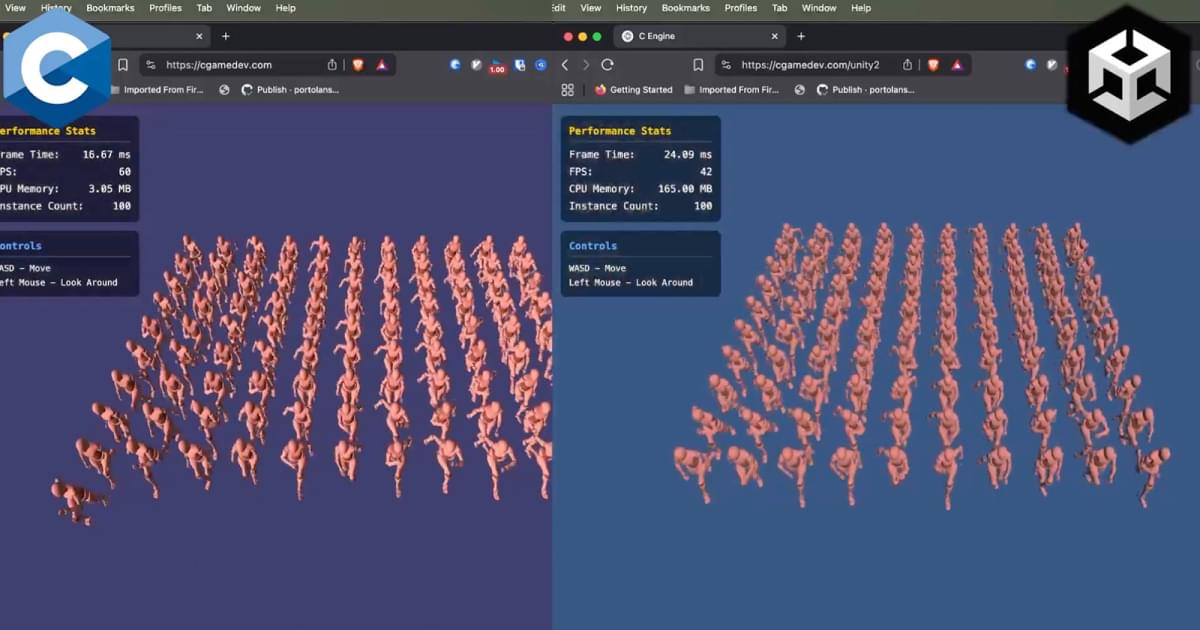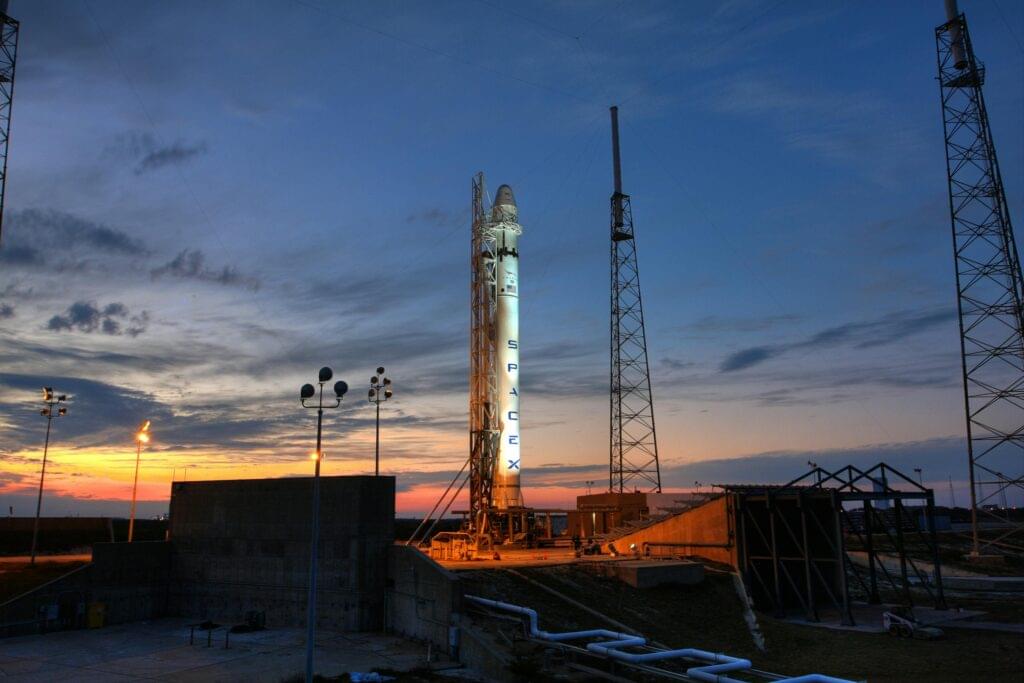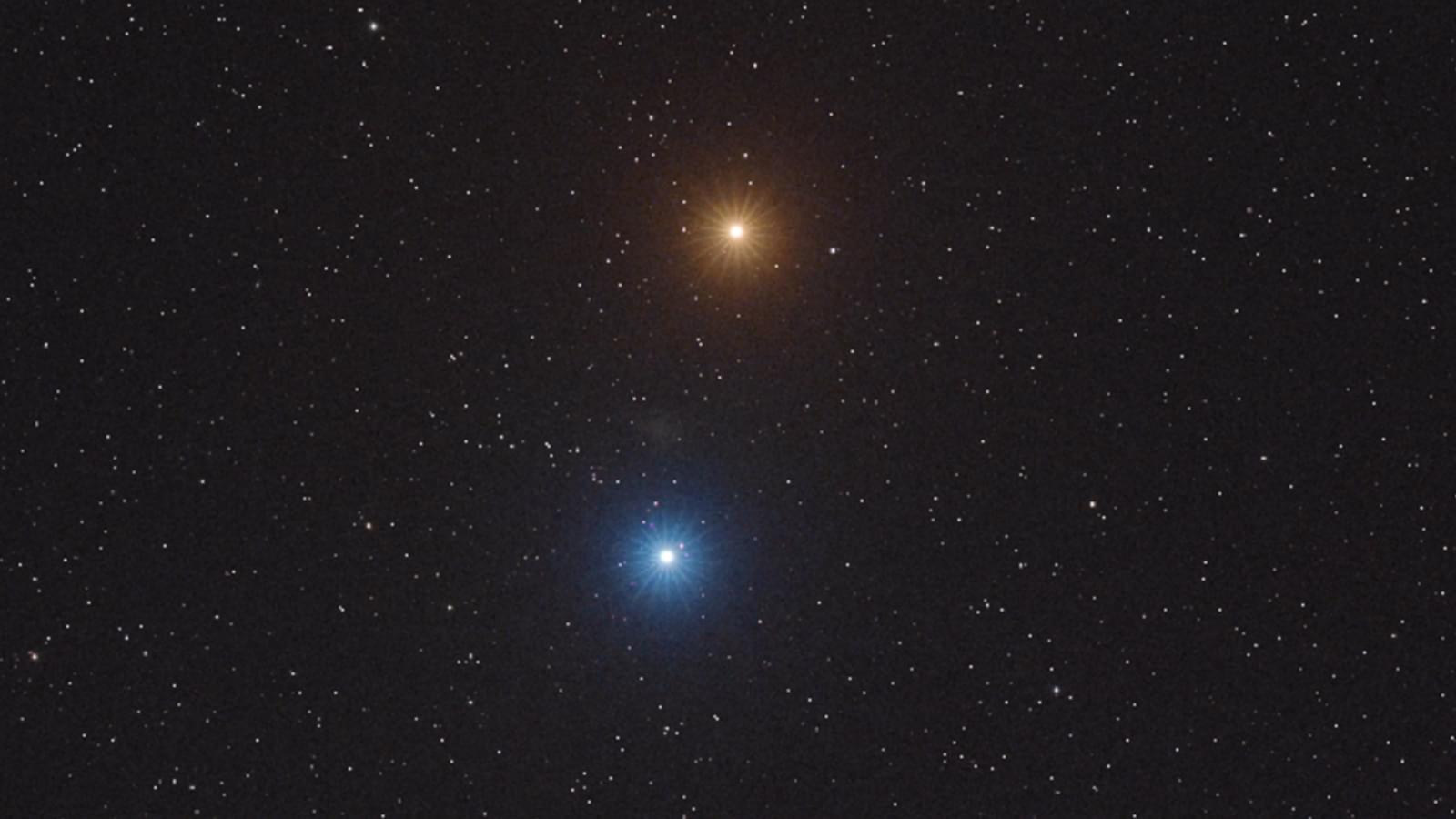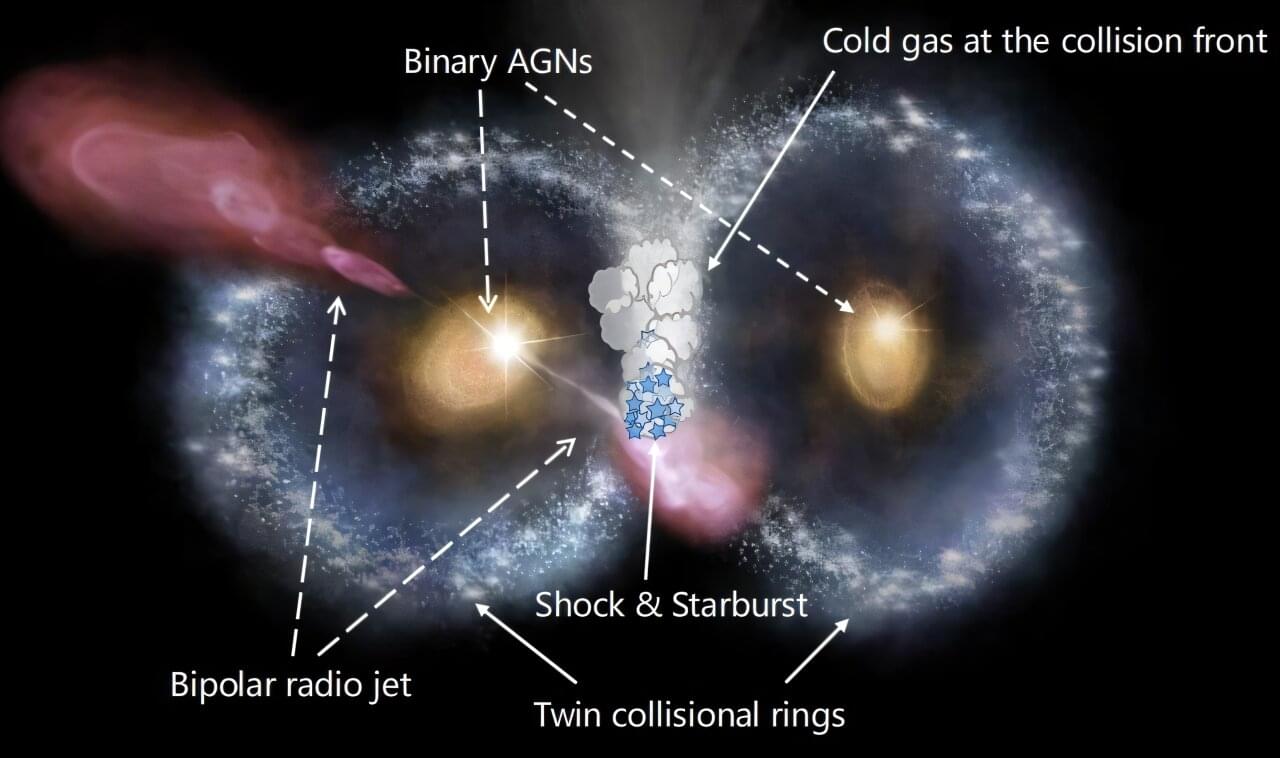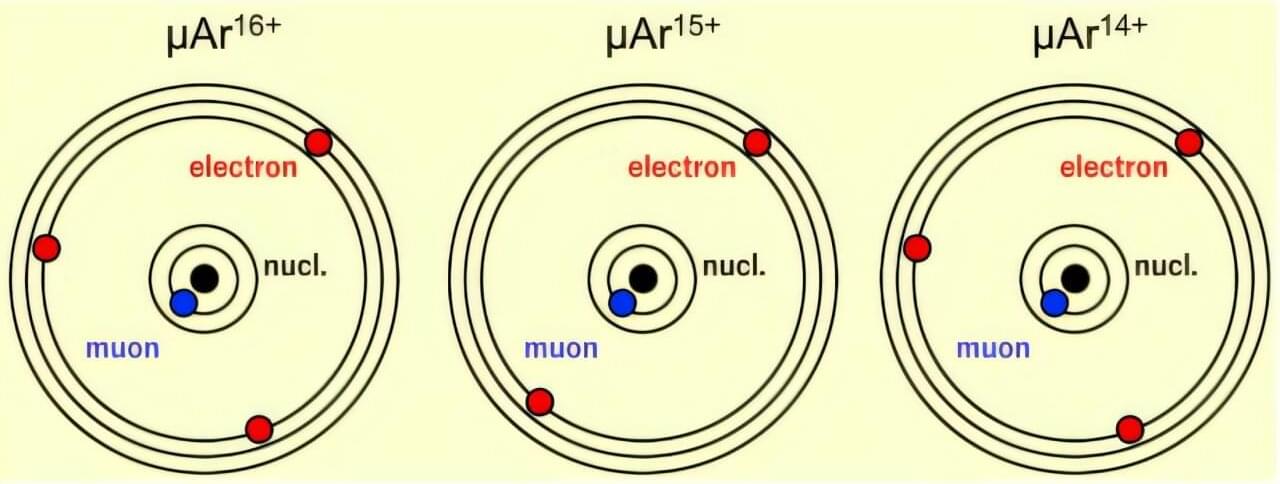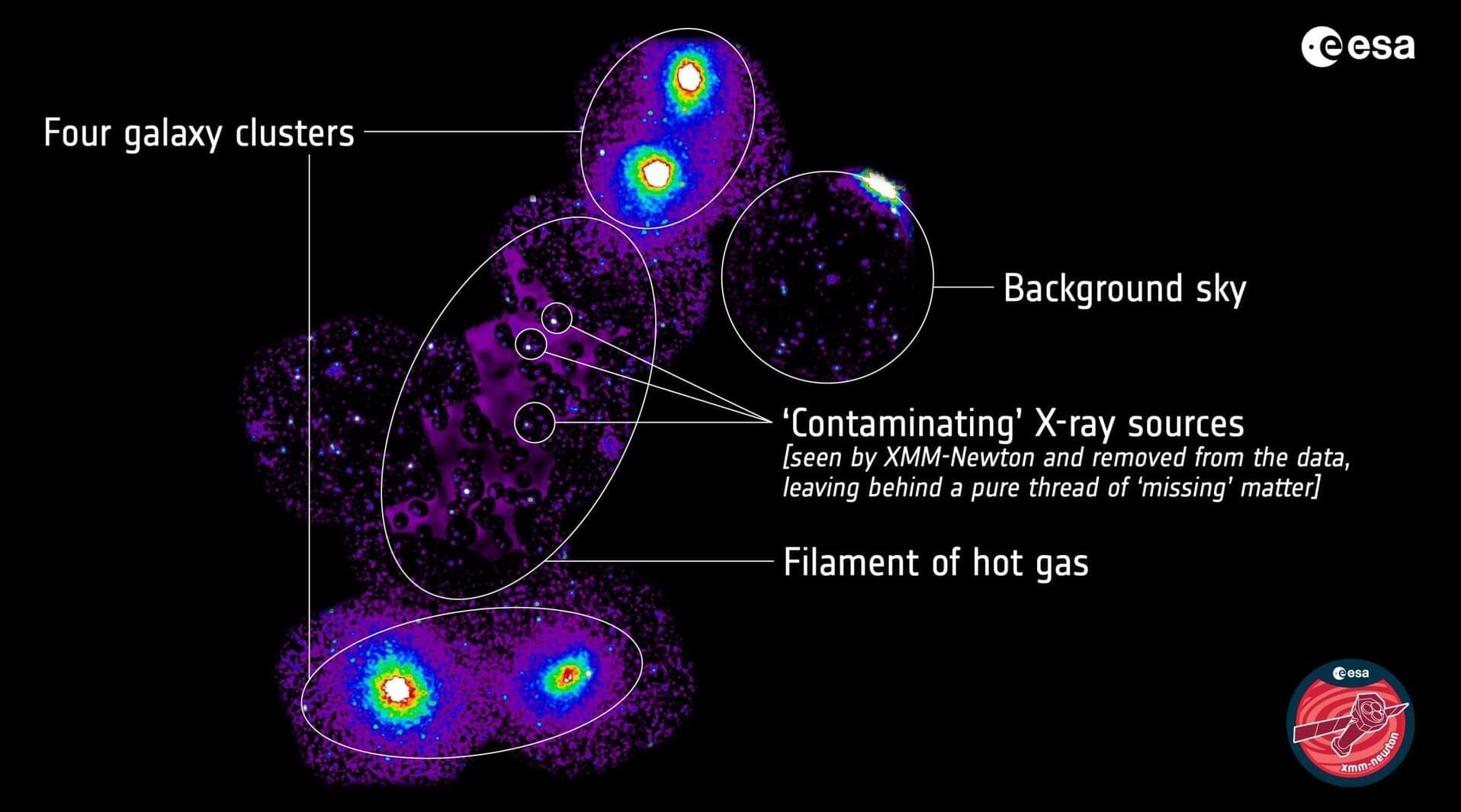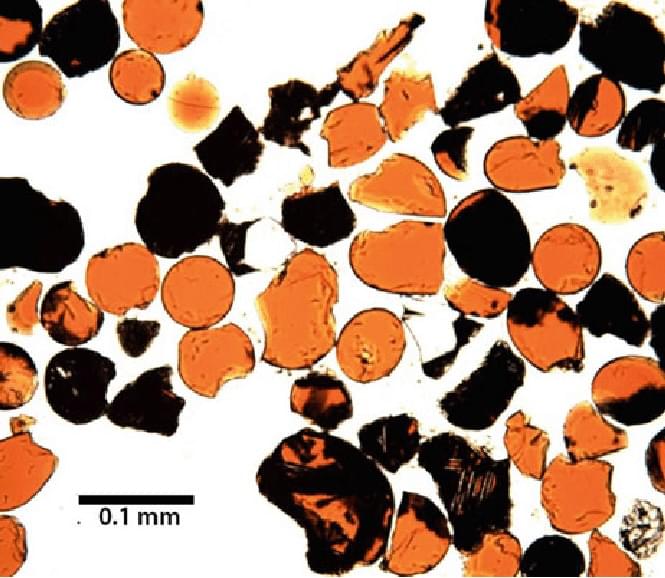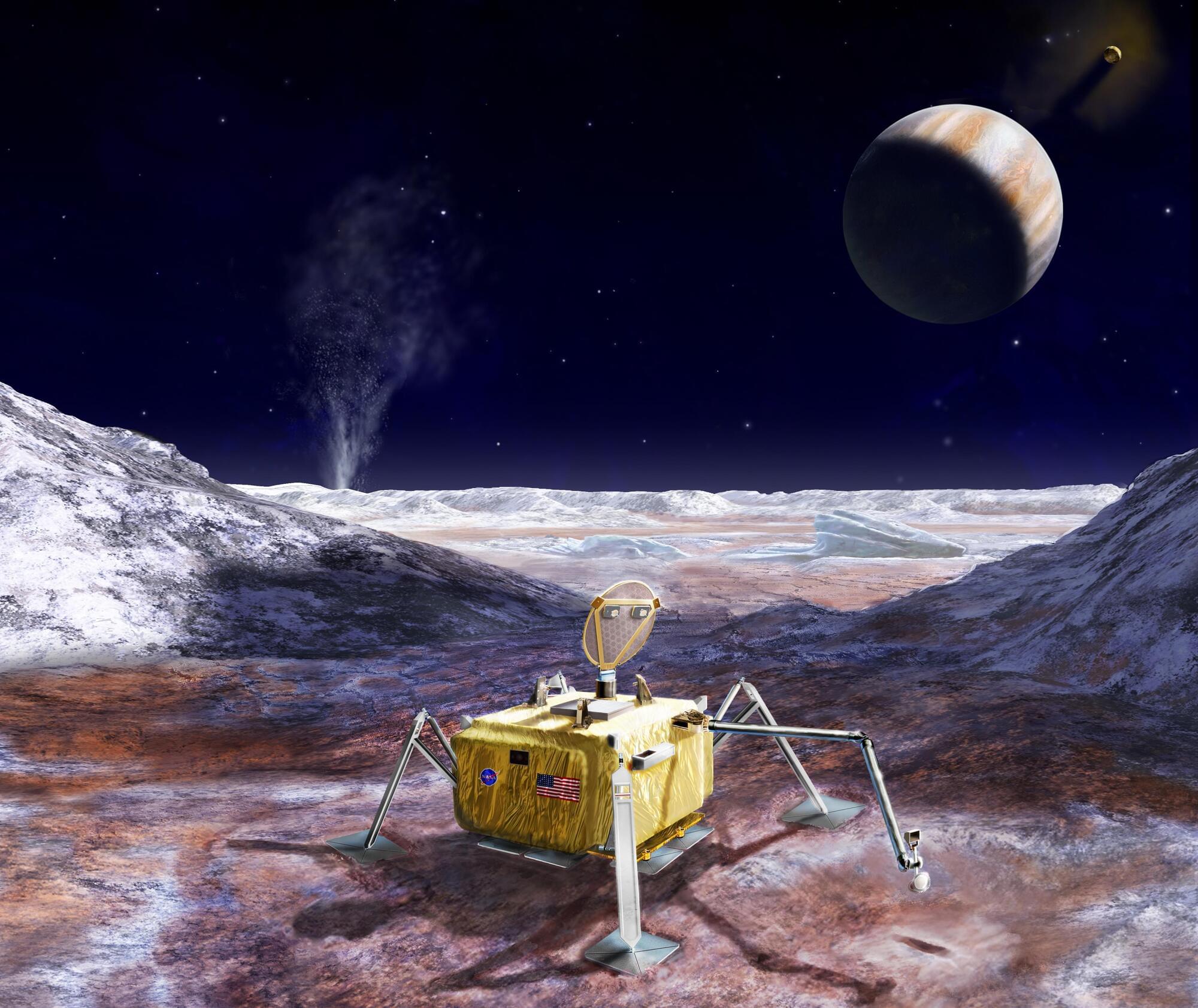In the building sector, which accounts for approximately 40% of global energy consumption, heat ingress through windows has been identified as a primary cause of wasted heating and cooling energy.
A KAIST research team has successfully developed a ‘pedestrian-friendly smart window’ technology capable of not only reducing heating and cooling energy in urban buildings but also resolving the persistent issue of ‘light pollution’ in urban living.
Professor Hong Chul Moon’s research team at KAIST’s Department of Chemical and Biomolecular Engineering have developed a ‘smart window technology’ that allows users to control the light and heat entering through windows according to their intent, and effectively neutralize glare from external sources.


